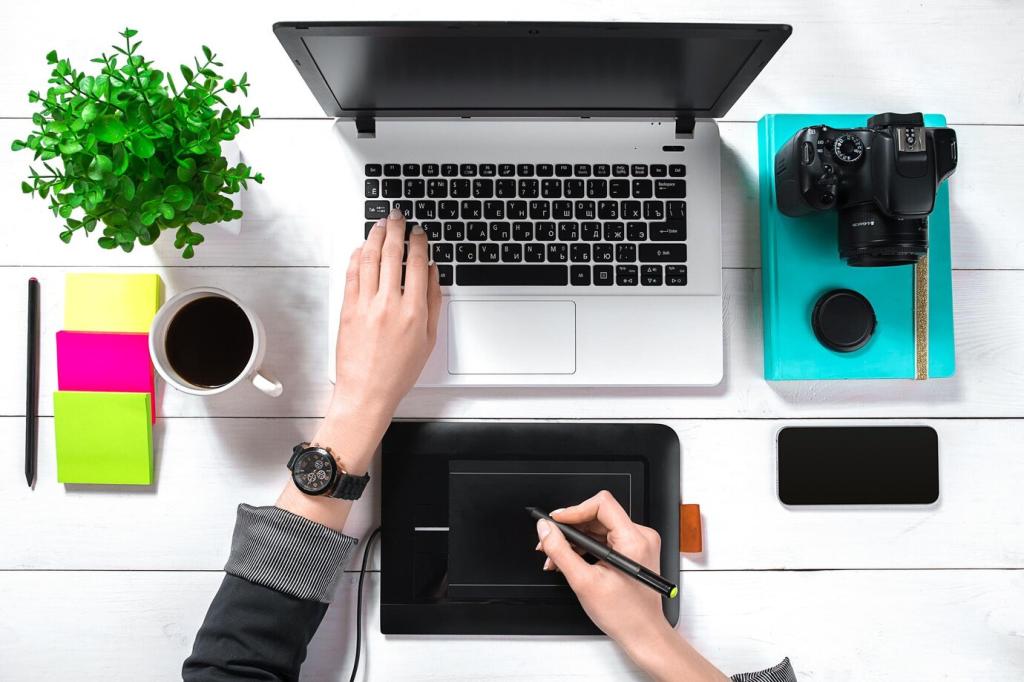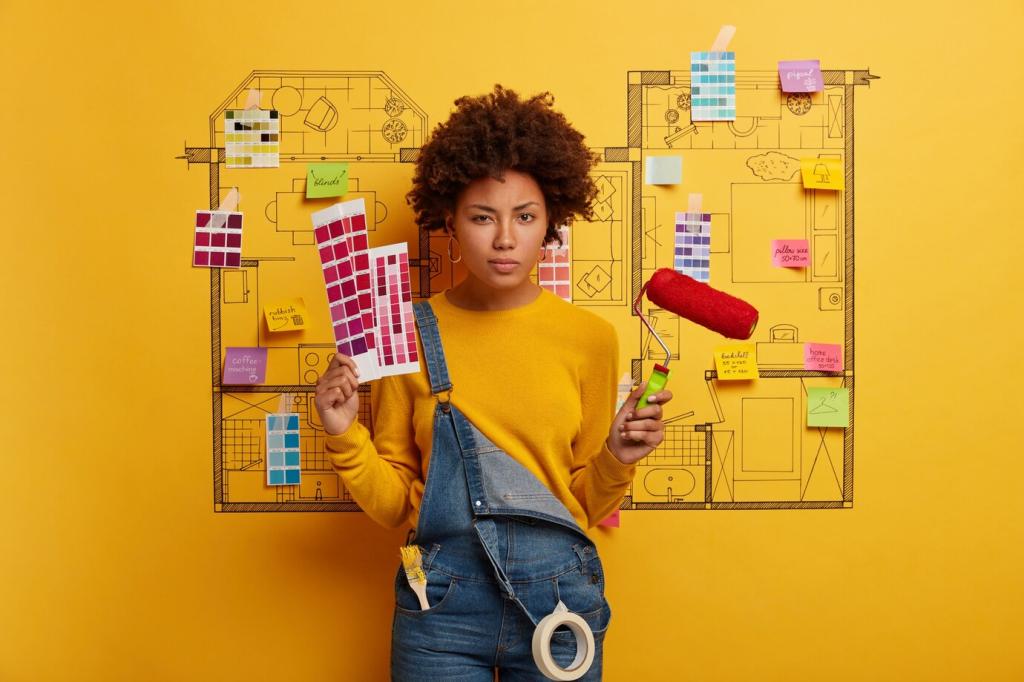Make Your Interior Design Portfolio Impossible to Ignore
Chosen theme: Crafting Persuasive Interior Design Portfolios. Step inside a creative hub where strategy meets style, and learn how to shape a portfolio that speaks clearly, wins trust quickly, and moves clients to act. Subscribe and share your biggest portfolio challenge to guide our next deep dive.

The Psychology Behind Persuasion in Portfolios
Signal credibility through subtle cues: embed certifications in captions, highlight recognized partners in a concise footer, and frame expertise as lessons learned. A calm, consistent voice, clean grids, and precise labeling do more to persuade than exaggerated claims ever could.
The Psychology Behind Persuasion in Portfolios
Client quotes work best when they describe a problem solved, not vague praise. Pair a short quote with a photo or plan detail that proves the claim, and include context like timeframe or constraints. Share your own reflections to keep the tone honest and warm.


Craft Your Signature Narrative
An Origin Story with Client Impact
Tell how your approach emerged from a real project turning point. Maybe a compact urban remodel taught you to choreograph circulation like choreography. Anchor your narrative in a specific, sensory moment so potential clients feel the transformation you aim to deliver.
Positioning that Filters In the Right Clients
State who you serve and why your method suits them. Avoid generic claims; specify typologies, timelines, or lifestyles where you excel. When readers recognize themselves in your message, they self-qualify—saving everyone time and deepening trust before the first conversation.
Case Study Arcs with Tension and Resolution
Frame each project as challenge, constraints, and outcome. Detail the friction—awkward light, storage shortages, or heritage restrictions—and the choices that resolved it. This narrative arc ignites curiosity, showcases judgment, and makes your results emotionally satisfying to remember.
A Case Study Template That Scales
Adopt a consistent template: overview, client goal, constraints, process highlights, results, and next steps. This rhythm makes comparisons easy across projects while granting room for unique details. Invite readers to comment on which section helps them most, guiding future refinements.
Typography, Whitespace, and Visual Rhythm
Pair a readable serif with a neutral sans, keep line lengths comfortable, and breathe with generous margins. Match type scale to image weight so neither competes. Rhythm matters; steady spacing creates trust, while small contrasts direct attention purposefully across the page.
Image Sequencing and Hero Moments
Lead with a decisive hero image, then reveal details and context in a logical flow: wide, medium, close. Caption intentionally—state the design decision, not just the feature. Show before shots sparingly but strategically to make transformations unmistakable and emotionally resonant.
Proof That Converts: Data, Standards, and Outcomes
Present tangible results: improved storage capacity, smoother circulation, faster project delivery, or enhanced resale appeal. Keep numbers honest and attributable. A brief anecdote—like a client’s morning routine changing thanks to a reoriented kitchen—lands the impact powerfully.
Proof That Converts: Data, Standards, and Outcomes
Note daylight improvements, acoustic comfort, low-VOC material choices, and energy savings where applicable. Reference recognized frameworks to anchor claims. Clients appreciate design that feels good today and ages responsibly tomorrow—invite readers to ask about your materials philosophy.


Client-Centric Messaging and Calls to Action
Translate technical decisions into client outcomes: calmer mornings, flexible hosting, or healthier air. Swap insider terms for relatable benefits. Invite readers to comment with a room that frustrates them most; reply with one actionable idea to demonstrate your helpful approach.

Curate Ruthlessly, Refresh Consistently
Lead with your sharpest twenty percent of projects; they carry the persuasive weight. Archive or rework the rest. Cohesion beats volume—repeat materials, palettes, or spatial moves that define your voice, and let everything else step politely aside.

Choosing the Right Format and Platform
Website vs. PDF vs. Live Deck
Websites are discoverable and updatable; PDFs travel well and control pacing; live decks support conversation. Keep core visuals consistent across formats, tailoring depth and sequencing to context. Ask readers which format they prefer and why, then iterate deliberately.
Mobile-First, Always
A significant share of decision-makers browse on phones. Optimize image weight, tap targets, and typography. Use short captions that still deliver insight. Test with real users—if they can’t read or act with one hand, your persuasive power disappears on the go.
Interactive Elements with Purpose
Deploy sliders for before–after comparisons, short videos for spatial flow, or 360 tours for complex rooms. Use interaction sparingly, with clear labels and fallbacks. Invite feedback on which interactive feature clarified your design intent best, then double down on it.
Process Transparency Builds Trust
Map the Journey Clearly
Provide a simple roadmap: discovery, concept, development, documentation, and installation oversight. For each phase, state decisions made and deliverables shown. When clients see the path, they relax into the process—and your portfolio becomes a trust-building guide.


Collaborative Methods, Real Communication
Share how you gather input, handle approvals, and coordinate with trades. A quick anecdote—like aligning three stakeholders through a visual mood sprint—proves you manage complexity gracefully. Invite readers to share their favorite collaboration tool; we’ll test and review it thoughtfully.
